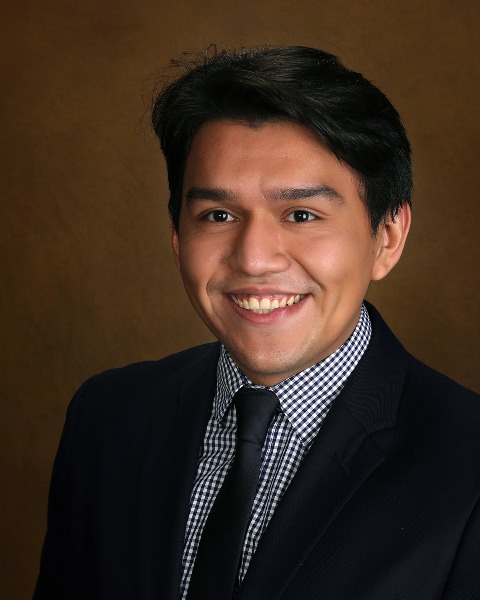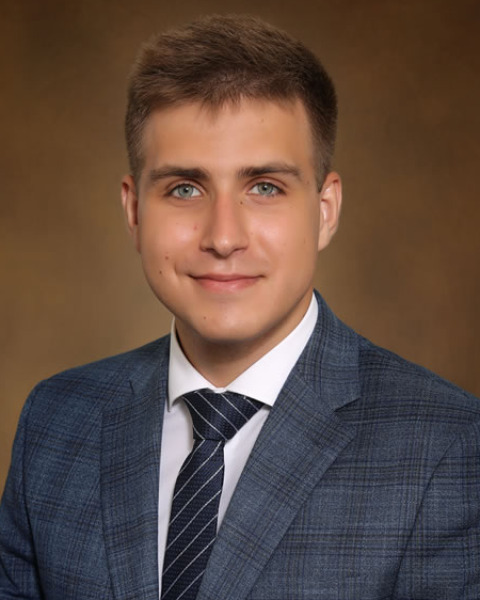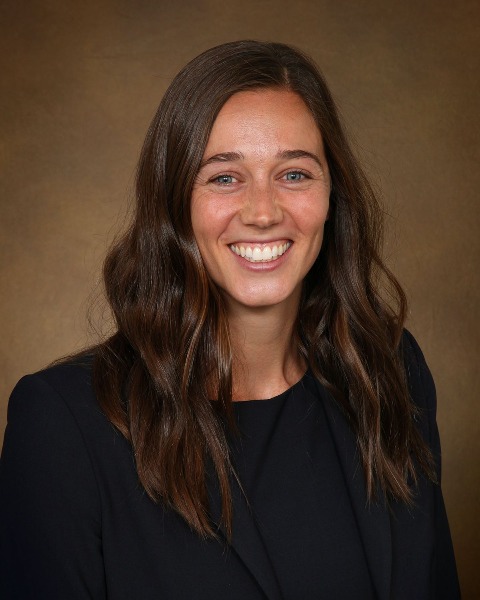HPB
25: Navigating Complications and Functional Lifespan: A Single-Center's Review of Hepatic Artery Infusion Pumps

Salvador Rodriguez Franco, MD (he/him/his)
Senior Research Associate
University of Colorado Anschutz Medical Campus
Aurora, Colorado, United States
Salvador Rodriguez Franco, MD (he/him/his)
Senior Research Associate
University of Colorado Anschutz Medical Campus
Aurora, Colorado, United States
Salvador Rodriguez Franco, MD (he/him/his)
Senior Research Associate
University of Colorado Anschutz Medical Campus
Aurora, Colorado, United States- SG
Sumaya Abdul Ghaffar, MD
Research Fellow
University of Colorado, United States - MH
Mona Hamermesh, PA
Senior Instructor
University of Colorado Anschutz Medical Campus, United States - RW
Reed Weiss, RN, NP
Senior Instructor
University of Colorado Anschutz Medical Campus, United States 
Andrii Khomiak, MD
Resident - General Surgery
University of Colorado Anschutz Medical Campus, United States
Madeline B. Thomas, MD (she/her/hers)
Resident
University of Colorado Anschutz Medical Campus
Denver, Colorado, United States- BM
Benedetto Mungo, MD
Assistant Professor of Surgery
University of Colorado, Department of Surgery, United States - MD
Marco Del Chiaro, MD, PhD
Division Chief Surgical Oncology
University of Colorado Anschutz Medical Campus, United States - RS
Richard D. Schulick, MD, MBA
Chair of Surgery and Cancer Center Director
University of Colorado, Department of Surgery, United States - AG
Ana L. Gleisner, MD, PhD
Associate Professor of Surgery
University of Colorado, United States
Abstract Presenter(s)
Submitter(s)
Author(s)
Hepatic artery infusion pump (HAIP) has re-emerged as an effective strategy for managing colorectal liver metastases (CRLM). However, varying complication rates and clinical outcomes have been reported across centers. This study reports technical complications and function durability of the HAIP at our center.
Methods:
A retrospective analysis of prospectively collected data from our HAIP program was performed. Assessed metrics included the incidence and nature of pump-related complications, the functional lifespan of the pumps, and the frequency of pump removals. Complications were categorized as pocket-associated (seromas, hematomas, infections), hardware-associated (malfunctions, inversions, erosion, catheter issues), and miscellaneous (biliary problems, extrahepatic perfusion). Cumulative incidences and lifespan of the pumps were calculated from pump placement to either the time of the event or the last functional follow-up.
Results:
Of the 42 CRLM patients chosen for HAIP placement after a multi-disciplinary evaluation. 15 patients (35.7%) experienced at least one complication, with subsequent complications in around half of these cases (8/15, 53.3%). Focused on specific complications: (1) Pocket-associated were described in 12 patients (28.6%). Time-adjusted analysis revealed a 30-day cumulative incidence of 19%, rising to 24% at one year, 36% at both two and three years. (2) Hardware-associated complications affected 7 patients (16.7%), with the incidence climbing from 0% at 30 days to 9.5% at one year, and peaking at 43% at the two-and three-year marks. (3) Miscellaneous complications were recorded in 4 patients (9.5%), with a gradual increase in incidence from 2% at 30 days to 8% at one and two years, surging to 30% at three years. Despite these complications, pumps were salvaged in all but three cases, where complications occurred post-completion of the prescribed six FUDR cycles (adjuvant setting). Pump removals happened in 8 cases (19%). Additional reasons for removal included disease progression, and transplant exploration. The adjusted rates for pump removal were 5% at one year, escalating to 28% at two and three years.
Conclusions: Three years into our HAIP program, we have observed that complications are an inherent aspect of the treatment, but most are manageable and don't deter the continuation of the FUDR treatment. In addition, in view of the longer survival of CRLM patients and the increasing adoption of HAIP, recognizing the timing of complications can be instrumental in implementing preventative strategies.
Learning Objectives:
- Upon completion, participants will be able to describe the range and frequency of complications associated with hepatic artery infusion pump (HAIP) treatments in patients with colorectal liver metastases (CRLM).
- Upon completion, participants will be able to analyze the factors contributing to the functional longevity of HAIPs and the implications for patient management in a clinical setting
- Upon completion, participants will be able to identify patterns in the onset of HAIP complications
